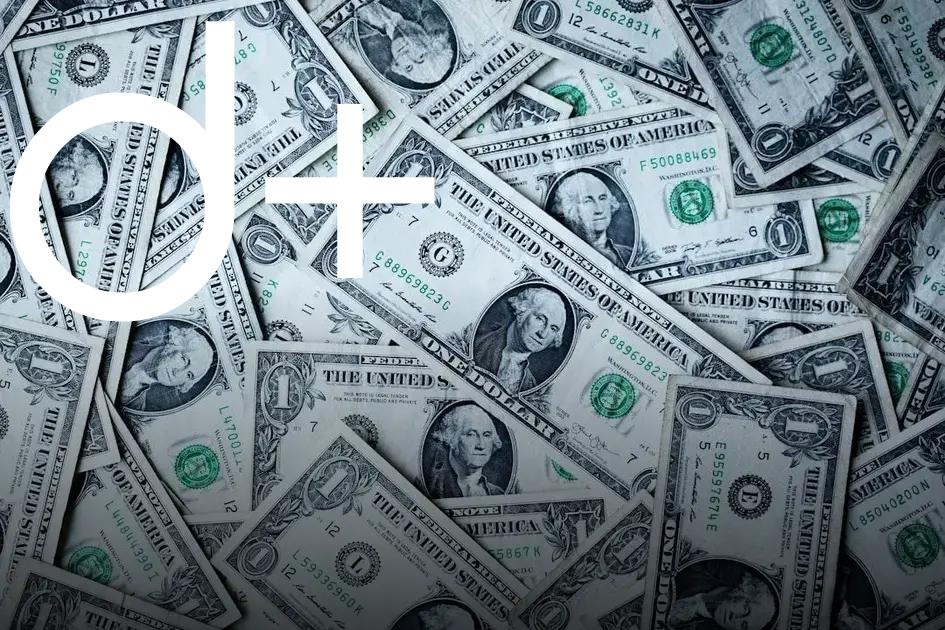Will the Federal Reserve cut interest rates in 2024? This question looms large for economists and investors alike. As we look ahead, understanding economic indicators and past policies is crucial. With potential global market consequences, it’s important to grasp what experts predict and how these changes might affect your investments and savings.
Economic Indicators to Watch
The decision on whether the Fed will cut interest rates in 2024 hinges on several economic indicators. Understanding these can provide insights into the central bank’s potential actions. One key indicator is inflation. If inflation remains above the Fed’s target, it might hesitate to lower rates further, as doing so could spur even higher prices. Conversely, a drop in inflation might pave the way for a rate reduction.
Another significant indicator is unemployment. The Fed closely monitors the job market, as high unemployment might prompt it to cut rates to stimulate economic activity. Conversely, low unemployment could mean that the economy is robust, in which case rate cuts might be deemed unnecessary.
GDP growth is also crucial. If the economy is growing too slowly, cutting rates could help encourage investments and consumption, fostering economic expansion. However, if GDP growth is strong, the Fed might opt to maintain or increase rates to prevent the economy from overheating.
Housing market trends offer additional insights. Falling home sales and declining prices might suggest economic weaknesses, prompting rate reductions to make mortgages more affordable and spur the market. Stabilizing or rising home sales may indicate a healthier economy.
Additionally, consumer confidence impacts the Fed’s decision-making. High confidence might reduce the necessity for rate cuts, while low confidence could signal economic troubles, warranting a more accommodative monetary policy.
Impact on Investments and Savings

When discussing the potential for the Federal Reserve to cut interest rates in 2024, it’s essential to understand the impact on investments and savings. Interest rates set by the Fed influence the entire spectrum of an economy’s financial environment. A change in these rates can significantly alter the landscape for both savers and investors.
Firstly, investors may see fluctuations in bond prices. If the Fed decides to lower interest rates, existing bonds with higher rates become more attractive, causing their prices to rise. This can lead to increased returns for current bondholders, but it might also make new bonds less appealing due to reduced yields.
When it comes to stock market investments, a rate cut could generally encourage buying, as lower interest rates make borrowing cheaper. This can result in more capital flowing into the markets, potentially boosting stock prices. However, investors need to be mindful of the sectors that benefit most from such cuts, like real estate and technology.
For savers, the situation might be less advantageous. Interest earnings on savings accounts usually fall as well, reducing the appeal of these traditionally low-risk holdings. While this might prompt some to shift towards riskier investments in search of better returns, others might focus on high-yield savings options or certificates of deposit (CDs).
In summary, the decision of the Fed regarding interest rates holds substantial weight for both investors looking for growth and savers seeking stability. Adapting strategies in accordance with potential changes could be crucial for optimizing financial outcomes in a fluctuating economic scenario.
Previous Federal Reserve Policies
The Federal Reserve’s policies over the years have played a critical role in shaping the economic landscape. During economic downturns, the Fed often lowers interest rates to stimulate growth and encourage borrowing and spending. Conversely, during inflationary periods, it typically raises rates to cool down the economy. For example, in response to the 2008 financial crisis, the Fed slashed rates to near zero and implemented quantitative easing to boost the economy.
In recent years, the Fed has utilized a range of policy tools beyond traditional interest rate adjustments. Quantitative easing, a tool involving the purchase of long-term securities to increase money supply and encourage lending, has been a key strategy during economic hardships. Additionally, the Fed has embraced forward guidance, communicating its policy intentions to help influence economic expectations.
Previous strategies also included Operation Twist, where the Fed sold short-term securities to purchase long-term securities, aiming to flatten the yield curve and stimulate spending and investment. Understanding these past measures is essential when examining possible future actions, such as the potential for rate cuts in 2024. The Fed’s decisions are largely driven by current economic conditions and the inflation outlook.
Expert Predictions for 2024

The expert predictions for 2024 revolve around various aspects of monetary policy and economic health. Analysts are closely monitoring the Federal Reserve’s potential actions on interest rates, with some anticipating cuts if economic conditions warrant such measures. These predictions are based on current economic indicators such as inflation rates, unemployment statistics, and gross domestic product (GDP) performance.
Several economists believe that if inflation remains below target levels and the job market shows signs of weakening, the Fed might consider decreasing interest rates to stimulate economic growth and consumer spending. This potential action could also be influenced by global economic conditions, such as trade developments and geopolitical tensions, which affect the US economy indirectly.
Another school of thought suggests that the Federal Reserve might maintain rates at their current level, especially if the economy shows resilience and steady growth, avoiding any inflationary pressures. The Federal Open Market Committee (FOMC) statements will be pivotal in guiding these predictions as they reveal insights into the Fed’s decision-making process and future outlook.
Market analysts and experts closely observe comments from Federal Reserve officials, as they often provide clues into the central bank’s mindset regarding future rate adjustments. These insights help investors and financial planners strategize accordingly, hedging against potential risks and opportunities presented by changes in monetary policies.
Potential Consequences for Global Markets
The decision by the Federal Reserve to alter interest rates carries significant implications for global markets. Changes in U.S. interest rates can ripple across economies, impacting exchange rates, trade balances, and capital flows. For instance, a rate cut might lead to a weaker dollar, affecting countries heavily reliant on exports to the United States.
The flow of investor capital is also influenced, as lower interest rates in the U.S. can push investors to seek higher returns elsewhere, affecting global bond and equity markets. This can lead to increased volatility in emerging markets as they attract more capital flows, potentially overheating asset prices.
Additionally, multinational corporations might experience shifts in their cost of financing, altering their investment strategies and geographic focus. It’s essential to monitor how these changes influence international trade dynamics and the competitive positioning of different economies on the global stage. The Fed’s actions could thus reshape financial landscapes, impacting investment decisions globally and rebalancing economic power among nations.







![BANNER 1 - HOME [QUADRADO]](https://dailyfindinvestment.com/wp-content/uploads/2025/01/BANNER-300-X-300.gif)
